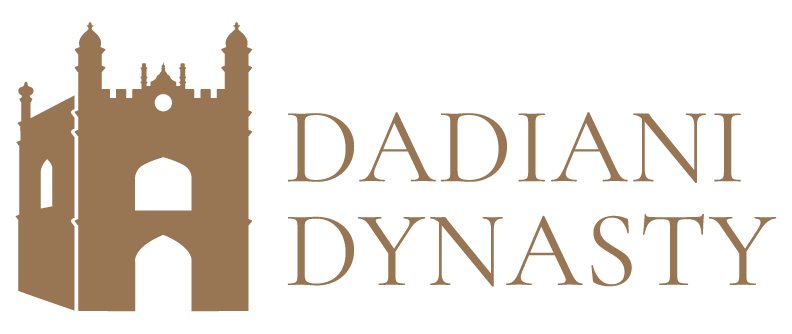David’s father Levan was a weak ruler with little interest in the practical business of governance. He preferred to spend his time pursuing entertainments, and planned to have his son assume responsibility for Samegrelo’s governance as soon as possible. Indeed, shortly after the 18-year-old David was sent to Tbilisi, Levan asked the Russian Empire’s Governor to recognize him as co-ruler of Samegrelo.
During the first few years of this unique arrangement, David’s responsibilities in Zugdidi were not onerous, and his superiors in Tbilisi allowed him time to attend to them. However, shortly after David was assigned to the Cossack Regiment in 1834 to learn the ways of the military, his father summoned him back to Samegrelo to manage a growing political crisis. Levan’s minister Nikolas “Didi Niko” Dadiani—on whom he depended to carry out the day-to-day responsibilities of government—had died, and several Mingrelian nobles were challenging Levan’s authority.
Upon arriving, David rapidly set about reforming Samegrelo’s governance—establishing uniform tax rates (in effect, preventing local nobles from taxing peasants at arbitrary rates), taking steps to democratize the province’s justice system, and generally seeking to establish stronger central governance. These changes did not endear him to Samegrelo’s nobles, as they tended to weaken the nobility’s privilege and narrow its scope for the exercise of arbitrary power. His zeal for reform ultimately caused a rift with his own father, when David sought to cut Levan’s extravagant budget for personal expenses.
Having lost his father’s support, David returned to Tbilisi in 1838, where he resumed his place in the city’s high society and developed a friendship with the family of Alexander Chavchavadze—a well-known poet, military leader, and aristocrat whose name is today synonymous with the 19th century project of introducing Enlightenment values to Georgia. David became a frequent guest at the Chavchavadzes’ country house at Tsinandali. There, he met and fell in love with Alexander’s strong-willed daughter Ekaterine, who at the time was being wooed by several other suitors from among the nobility. However, it was David who won her favor, and they wed in 1839 at Kashueti Church in Tbilisi.
The marriage had a political rationale as well. After David left Samegrelo in 1838, the political situation again rapidly deteriorated. The nobles resumed their challenge to the House of Dadiani, and Levan’s response was no more effective than it had been five years before. Facing the imminent end of the Dadianis’ centuries-old rule over Samegrelo, Levan relented and again turned to his son. This time, however, Levan promised to cede full Principal rights to David and to leave politics once and for all. Because Samegrelo’s ruler was required to be married, it was imperative that David be wed as soon as possible, so he could assume full authority before Levan had the chance to change his mind again.
The official registration of David’s marriage took almost two years, so it was not until 1840 that David was officially appointed as the sole governor of Samegrelo. Thus, when David finally assumed the formal title of Principal after his father died in 1846, he had already ruled the province for more than half a decade.
